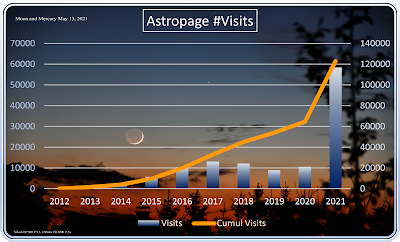Awaiting a clear sky for testing my Astrocamera ASI2600MC Pro. For this first light I used my refractor TLAPO80/480 f/6 which was connected to N.I.N.A.
Setting : TLAPO80/480 f/6 and ASI2600MC Pro, ZWO Miniguidescope 30f/4 with ASI224MC
Setting : Cooling -10°C - No dewheat; outside temperature -7°C
Software : N.I.N.A with PHD2 for guiding. Astropixel Processing and CS4.
Object 1: Orion Nebule M42 with Running Man Nebule
Object 2: Pleiades M45
Issues :
- Com port not found when connecting the mount. This was solved to rename the com port back to its previous name.
- PHD2 guiding not smooth due to calibration of a to big star; recalibration done using a smaller star.
- Guiding errors resulting in startrails impacting 50% of pictures
- Gray scale in Tiff file. When saving 16bit data no color was found in the Tiff file. This was solved with the settings in APP.
- stars are not sharp at the edges of the pictures. After a deep investigation the rootcause was identified as a too short back focus distance (85mm in stead of 123mm).
As a conclusion: great first light experience with ASI2600MC with a couple of beginner mistakes. But I believe these will be solved next time. My PHD2 guiding experience is low and needs to be increase as well.

















































